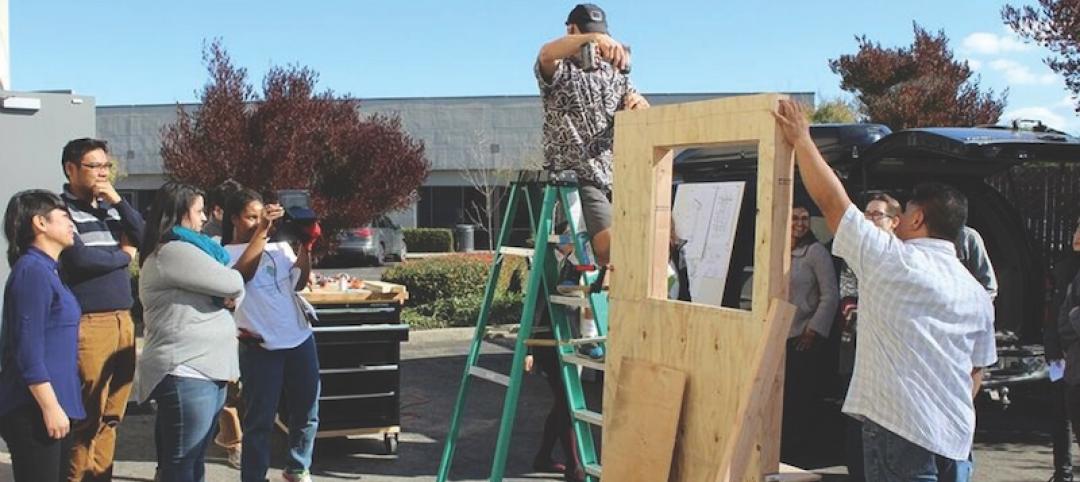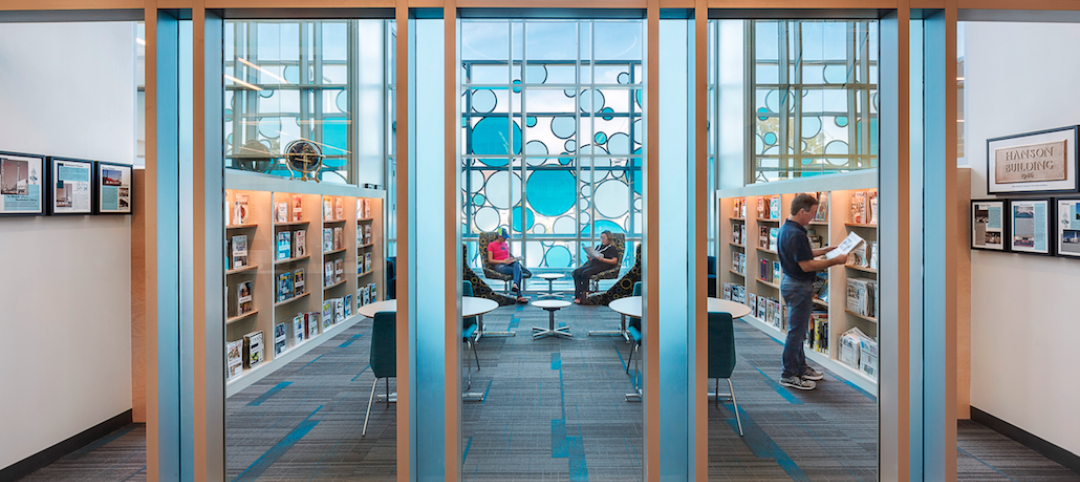When the Boston Watch Company opened its factory in 1854 on the banks of the Charles River in Waltham, Mass., the area was far enough away from the dust, dirt, and grime of Boston to safely assemble delicate watch parts. The factory’s production techniques were very advanced for the time, and business boomed.
In 1907 the company changed its name to the Waltham Watch Company, a name that became synonymous with precision movement and quality timepieces. Several of its watches reside in the Smithsonian Institution’s collection, including Model 1857, Serial No. 67613, a pocket watch gifted to President Abraham Lincoln to commemorate the Gettysburg Address.
As the brand grew in prominence, Waltham became known throughout the world as “Watch City.” Worker housing and supporting businesses sprang up around the factory, transforming the country town into an urban environment. Over the course of a century the factory grew to nearly 500,000 sf, making it one of the world’s largest brick buildings; its frontage along Crescent Street alone was a quarter mile in length.
Despite its massive size, the factory had exceptionally narrow floor plates, less than 25 feet wide from wall to wall in the work areas. The slender design and numerous oversized windows and skylights guaranteed that high levels of natural light flooded the workspaces and provided enough illumination for workers to manipulate tiny watch parts with precision—particularly important in those years before the factory was electrified.
Watchmaking at the factory was discontinued in 1957, but a number of tenants occupied parts of the building over the years, so it was never completely abandoned, nor was its Industrial Revolution architecture ever significantly altered.
That was good news for developer and new owner Berkeley Investments, which saw tremendous potential in the historic building with amazing river views and proximity to the Route 128 tech corridor and downtown Boston. The owner/developer assembled a Building Team that included Bruner/Cott & Associates (architect), Columbia Construction (GC), Epsilon Associates (historic consultant), and Pine & Swallow Associates (environmental consultant) to transform the property into a mixed-use complex with modern office space, retail, restaurants, and residential lofts.
The project was broken up into two phases: a 177,000-sf office component (phase one) and a retail/residential component (phase two, still under construction). The $25 million phase one rehab earned a Gold Award and praise from our judges. “Its reuse is to be celebrated,” said Reconstruction Awards judge Martha Bell, FAIA, LEED AP, principal at Tilton Kelly+Bell, Chicago.
Because the building was in decent shape, the Building Team was able to concentrate on reworking a 19th-century factory into a 21st-century office complex. The major focus: make the imposing structure more approachable and welcoming, create modern, user-friendly interior spaces, and provide a connection between the interior and the outdoors. The main entrances along Crescent Street were reconstructed, and a public exhibit space was installed in the lobby.
Additional access points open the building to the Riverwalk, a pedestrian walking/biking path along the Charles River developed in collaboration with the city’s Department of Conservation and Recreation, and to several courtyards within the complex. The landscaped courtyards serve as rain gardens to cool and clean the stormwater before it’s released into the river. Additional exterior work included brick repair and repointing, repairs to the slate roof, and stabilization of the central smokestack.
The factory’s interior was left largely intact, aside from the installation of the typical modern upgrades: HVAC, electrical, plumbing, telecom, life/safety, ADA compliance. Additional work focused on opening blocked freight passageways to improve interior circulation and views through the building, removing lead paint, and repairing exposed brick walls and timber ceilings. The window sashes, which had been replaced in the 1980s, were fitted with replicas of the originals. The window frames, however, remain original to the building. Thermal calculations and water-pressure testing proved the frames were still viable.
Almost three-quarters of the office space is leased, once again bringing jobs and activity to the South Side of Waltham. “They recreated the nerve center of the community,” said Reconstruction Awards judge David Callan, PE, SVP at Environmental Systems Design, Chicago. “The neighborhood surrounding it is there because of this factory, and bringing it back reenergizes the community.” BD+C
PROJECT SUMMARY
Building Team
Submitting firm: Bruner/Cott & Associates (architect)
Owner/developer: Berkeley Investments
Structural engineer: DM Berg Consultants
MEP engineer: Avid Engineers
GC: Columbia Construction
Historical consultant: Epsilon Associates
Environmental consultant: Pine and Swallow Associates
Landscape design: Richard Burch Associates
General Information
Size: 177,000 gsf
Construction cost: $25 million
Construction period: February 2008 to July 2009
Delivery method: Design-bid-build
Related Stories
Sports and Recreational Facilities | Aug 18, 2017
Video: Designing the ideal rugby stadium
HOK invited four world-class rugby players into its London studio to discuss what they would like to see in the rugby stadiums of the future.
Architects | Aug 16, 2017
Staffelbach joins DLR Group
The firm will be merging operations immediately with full integration and the name change to DLR Group| Staffelbach effective October 2.
Multifamily Housing | Aug 9, 2017
Related Companies unveils plans for One Hudson Yards luxury rental residences
The 33-story tower will be positioned on the High Line with views of the Hudson River and downtown Manhattan.
Multifamily Housing | Aug 9, 2017
Multifamily developers, designers cater to occupants’ need for mobility
Bike storage facilities and “bicycle kitchens” are among the most popular mobility amenities in multifamily developments, according to a new survey by Multifamily Design + Construction magazine.
Giants 400 | Aug 9, 2017
Innovation at 72 design firms
The following is a list of advancements architecture and A/E firms underwent in 2016, as reported in Building Design+Construction's 2017 Giants 300 Report.
Giants 400 | Aug 9, 2017
Top 115 Architecture Firms
Gensler, Perkins+Will, and HKS top Building Design+Construction’s ranking of the nation’s largest architecture firms, as reported in the 2017 Giants 300 Report.
Giants 400 | Aug 9, 2017
Top 100 Architecture/Engineering Firms
Stantec, HOK, and CallisonRTKL are among the nation’s largest architecture/engineering firms, according to Building Design+Construction’s 2017 Giants 300 Report.
Contractors | Aug 4, 2017
4 ways to prepare for a negotiation
Practice, practice, practice, and understanding both sides of the deliberation are critical to success in any negotiation.
Laboratories | Aug 3, 2017
Today’s university lab building by the numbers
A three-month study of science facilities conducted by Shepley Bulfinch reveals key findings related to space allocation, size, and cost.
















